Camera and lenses of 9 Aussie films from 2018
Cinematographers and directors from a collection of Australian films discuss the camera and lens choices they made and why.
In 2018, Australian feature film goers were treated to a vast range of worlds and stories – from Outback frontier westerns, to live action/animated delights, to futuristic sci-fi, to 50s period dramas. And that’s just scratching the surface. A whopping 63 new Australian features were released in 2018, and here we look at the cameras and lenses behind nine of these unique narrative films.
As seen in these examples, the ARRI cameras feature heavily – the original ALEXA, the ALEXA XT (XT meaning extended technology) and the lighter, smaller ALEXA Mini. Even though these cameras produce very similar images, the array of lenses (choosing spherical or anamorphic), filters, lights and shooting styles have led to a variety of looks across the films.
1. Peter Rabbit
Director: Will Gluck
Cinematographer: Peter Menzies Jr. ACS
Filmed on: ARRI ALEXA XT and ARRI ALEXA Mini with Panavision Primo and Optimo zoom lenses
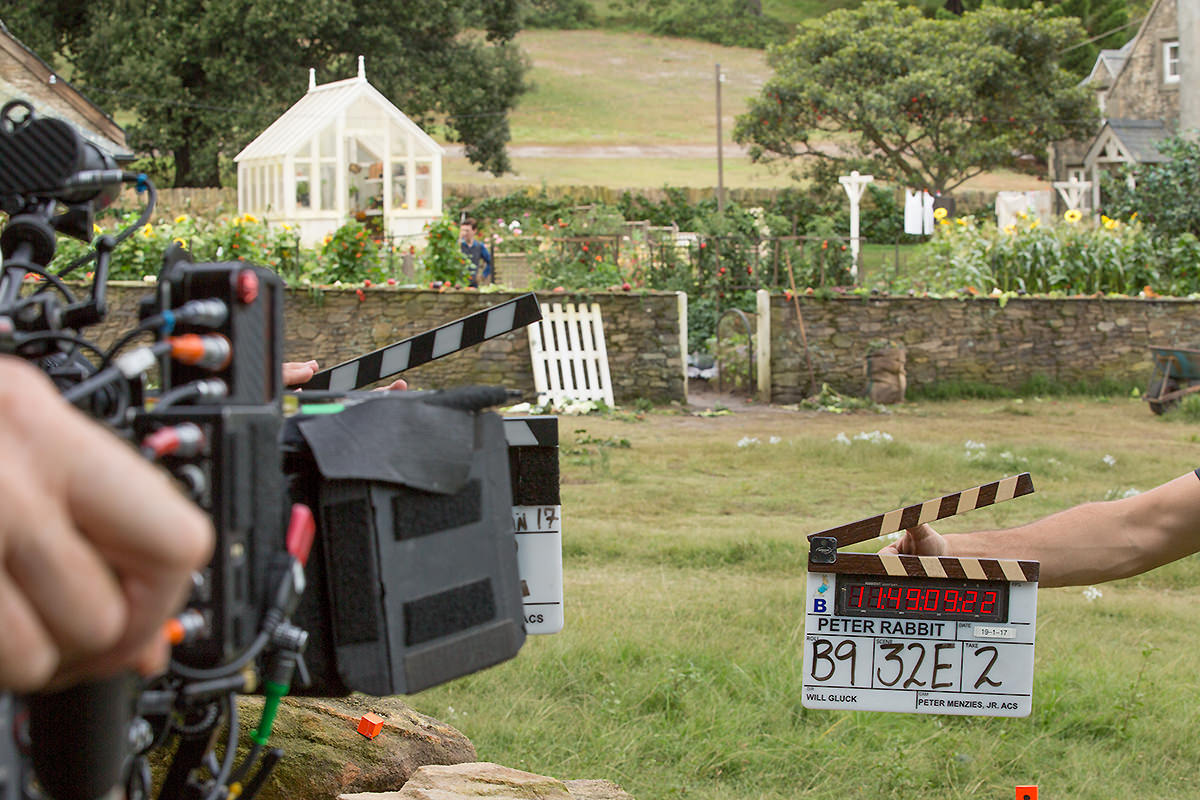
The highest grossing Australian film of 2018, Peter Rabbit presented cinematographer Peter Menzies Jr. ACS and director Will Gluck with some unique challenges as a live action/animation hybrid. Based on the Beatrix Potter stories of the same name, it stars the voice of James Corden as the CGI bunny, who along with an assortment of other lovable creatures, frequently interact with human characters played by Rose Byrne and Domhnall Gleeson.
Menzies Jr. says: “High resolution is required for intricate CGI work, but at the same time there are size and flexibility considerations to allow for following around a fast paced family of small rabbits.”
He says with that in mind, the ALEXA XT and ALEXA Mini were their cameras of choice for Peter Rabbit.
“At the time they were the smallest high resolution cameras available. The ALEXA XT offered amazing dynamic range and the Mini was the smallest camera available with a matching range to the XT. The Mini was used on a remote control car and an electric scooter custom rig we designed to shoot background plates and capture the rabbits running around the garden,” he says.
As for the lenses, he says they used a combination of Panavision Primo and Optimo zoom lenses.
“Again, they were the best quality and lightest weight available; offering flexibility with amazing quality.”
See how the VFX worked behind the scenes of Peter Rabbit in this video
Visit The Screen Guide for the ways to stream or purchase Peter Rabbit
2. Ladies in Black
Director: Bruce Beresford
Cinematographer: Peter James ACS ASC
Filmed on: Two ARRI ALEXA Minis with E and C series Panavision anamorphic lenses
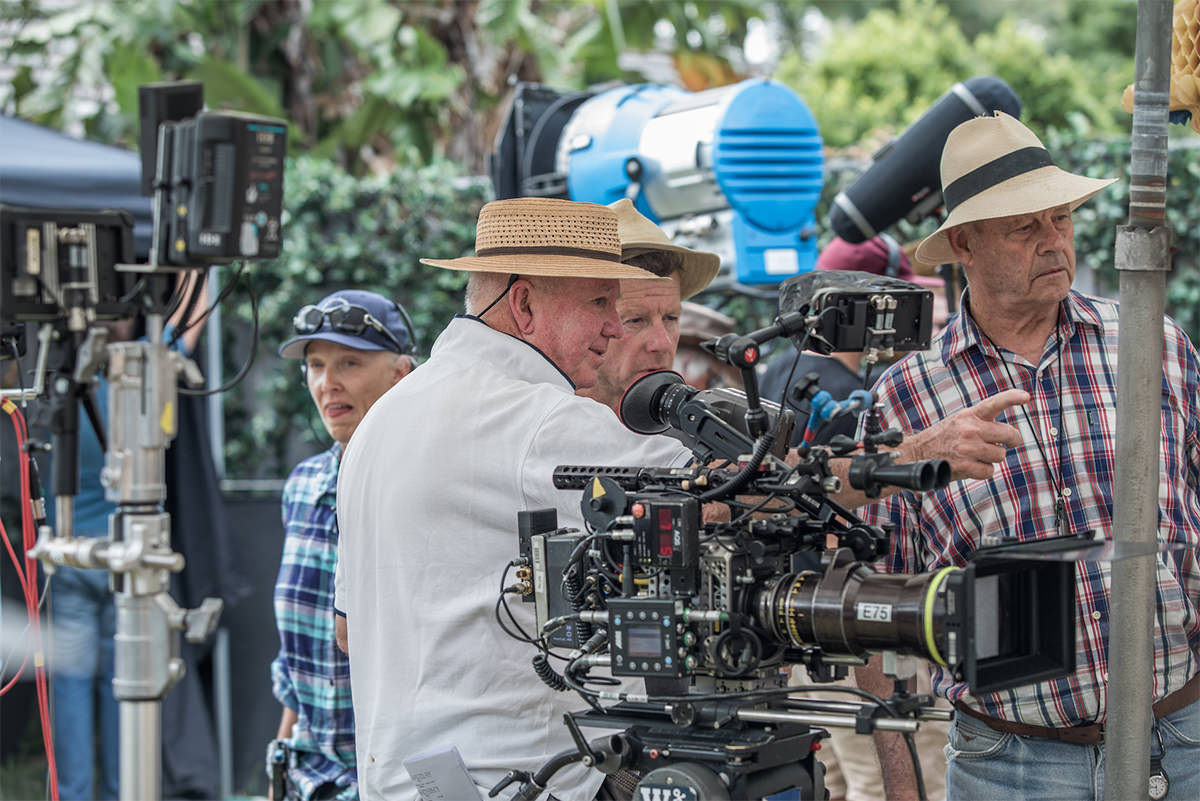
The hit feature Ladies in Black is set in 1950s Sydney and follows a shy young woman (played by Angourie Rice) who takes a job at a prestigious department store over the course of one pivotal summer. It marked the 13th collaboration between director Bruce Beresford and cinematographer Peter James ACS ASC (Driving Miss Daisy, Mao’s Last Dancer).
James says he started with the ARRI ALEXA Mini and the Panavision anamorphic E and C series standard lenses, with no zoom lenses.
“I chose these especially as Bruce and I wanted the film to look BIG, not like a TV film,” James said.
“These old anamorphic lenses, in combination with my Black Promist filters and nets, helped to create the mood of a film in the 1950s. I didn't want it to look super sharp, as digital can be. This would be wrong for the look I wanted. With careful lighting and working very closely with production design, wardrobe, and hair and makeup, we tested as many colours as we could to create this lovely period look.”
He says they even viewed all these tests on a cinema-sized screen.
“We filmed in wonderful locations that contributed enormously to the look of 1950s Sydney. It was very much a team effort from pre-production until the last shot. We were all on the same page and it shows on the big screen.”
Beresford says Ladies in Black was shot in 32 days and commended the speed at which James would light shots. It meant they could capture a complicated scene in just one day, instead of three.
“The thing I like about him is that he can change his photographic style to suit what that particular film needs,” Beresford says.
Go behind the scenes of Ladies in Black with director Bruce Beresford in this video
Visit The Screen Guide for the ways to stream or purchase Ladies in Black
3. Sweet Country
Director: Warwick Thornton
Cinematographer: Warwick Thornton, Dylan River
Filmed on: Two ARRI ALEXAs with E Series Panavision anamorphic lenses, and extra 50mm and 75mm lenses
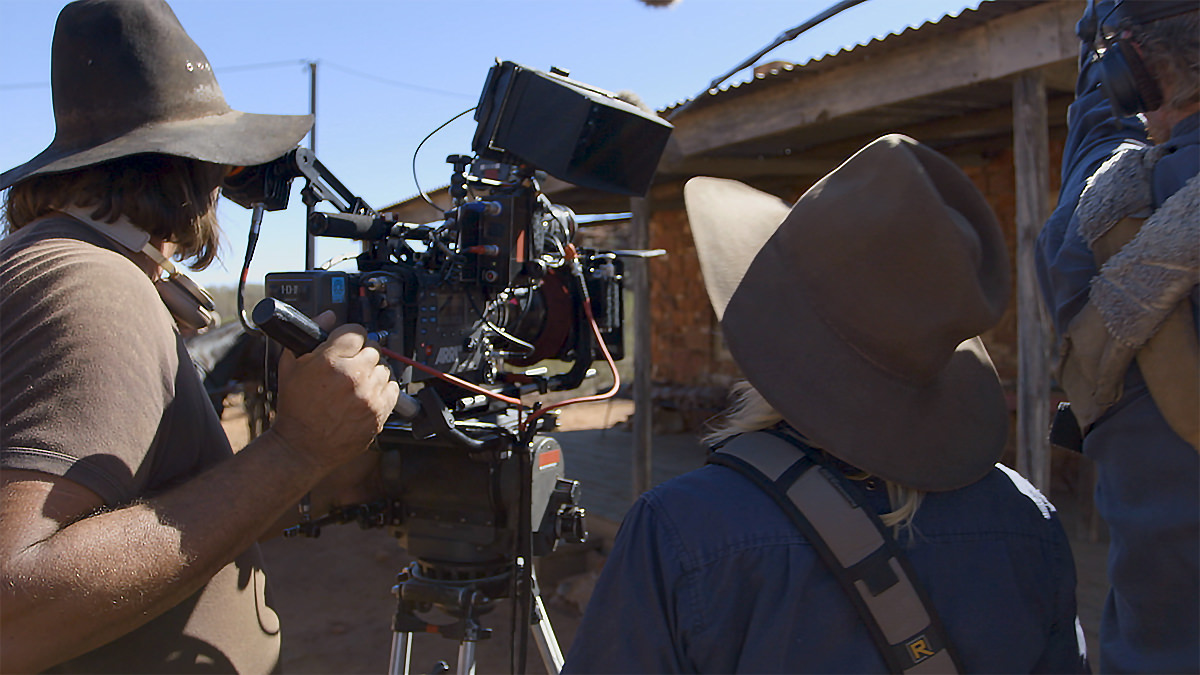
The winner of six AACTA Awards in 2018, including Best Cinematography, this period western marked director/cinematographer Warwick Thornton’s return to narrative features since his Camera d’Or winning Samson & Delilah. It follows an Indigenous Australian man who is forced to go on the run when an act of self-defence marks him as a wanted criminal. A feature from Bunya Productions (Mystery Road, Goldstone), Sweet Country also took home major awards in Venice, Toronto and at APSA.
Sweet Country was a family effort, with Thornton’s son Dylan River working as second unit director and DoP throughout the Northern Territory shoot.
River told Screen News: “Being a western and capturing the landscape as much as the subject inhabiting it, the anamorphic look was essential. The E Series from Panavision are a great pairing with the newer ARRI sensors, giving enough softness to the landscape. We ordered a second 50mm and 75mm so we could shoot with the two cameras in most situations and not need to have an entire second lens set.”
A more in-depth discussion from River and Thornton on their approach can be found in the Australian Cinematographer magazine here.
Go behind the scenes with the cast and crew of Sweet Country in this video
Visit The Screen Guide for the ways to stream or purchase Sweet Country
4. Breath
Director: Simon Baker
Cinematographer: Marden Dean ACS, and Rick Rifici for the water shoot
Filmed on (for land): ALEXA XT and ALEXA Mini with Vintage 1970s Panavision Ultra Speed primes and Primo Zooms
Filmed on (for water): RED Dragon with Cook S4 primes
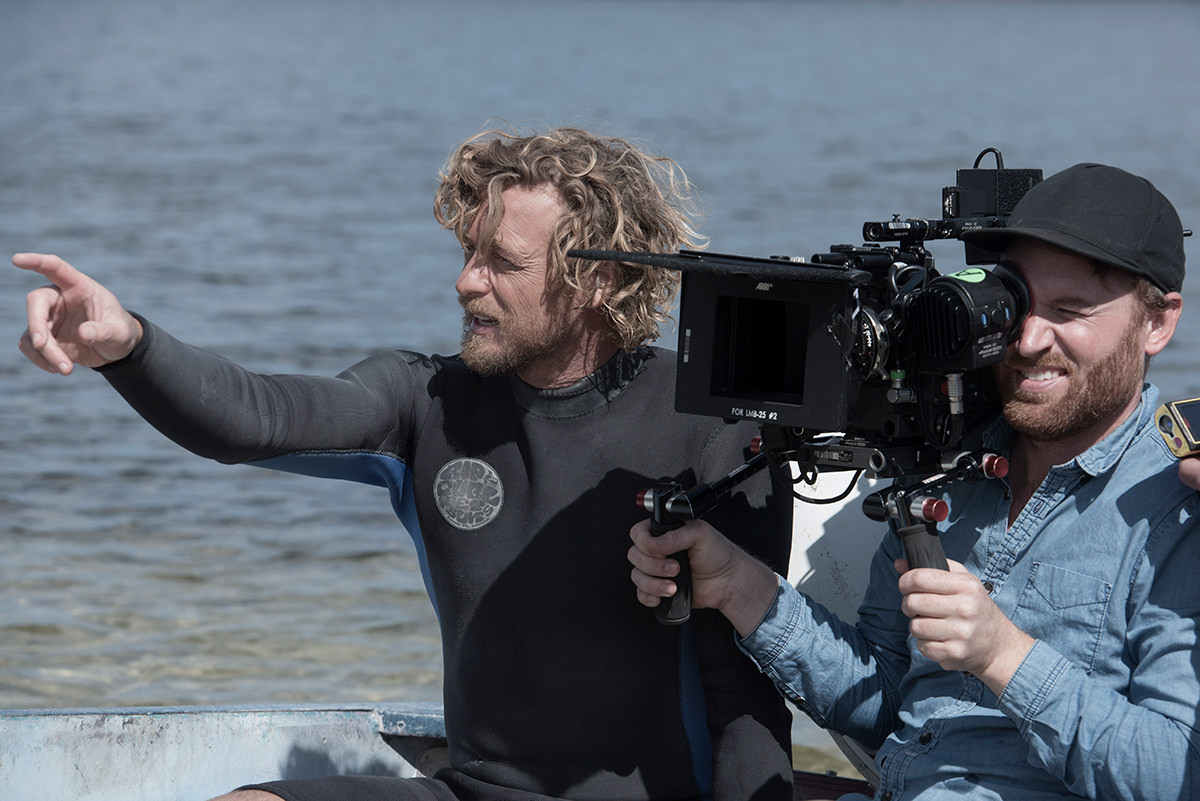
Based on the Tim Winton novel of the same name, this coming-of-age drama is also the feature directorial debut from actor Simon Baker. It’s set in Australia during the mid-70s, and stars Samson Coulter and Ben Spence as two teenagers who form a friendship with a mysterious surfer (Baker) that changes their respective young lives.
Cinematographer Marden Dean ACS says they used “quite a collection of cameras”, with two ALEXA XT bodies and an ALEXI Mini for the land-based filming, while the RED Dragon was the camera of choice for the water-based shoot.
Dean told the Australian Cinematographer magazine they settled on the RED Dragon for any surfing shots because of the additional resolution it provided – a factor that would come in handy with image stabilisation and reframing during post-production. A specific water cinematographer – Rick Rifici – was brought on to capture the pivotal surfing scenes.
“We used one camera and we had one cinematographer,” Baker explained to Screen News at the time of the film’s release. “We were a small footprint. It was not a big crew, so we were fluid and flexible and able to be very nimble because you are at the mercy of Mother Nature and it can turn on you like a robber's dog.”
To read more on the choice of lenses, visit this AC Magazine article.
Go behind the scenes with the cast and crew of Breath in this video
Visit The Screen Guide for the ways to stream or purchase Breath
5. Jirga
Director: Benjamin Gilmour
Cinematographer: Benjamin Gilmour
Filmed on: Sony A7SII with Sony 24-70 zoom lens
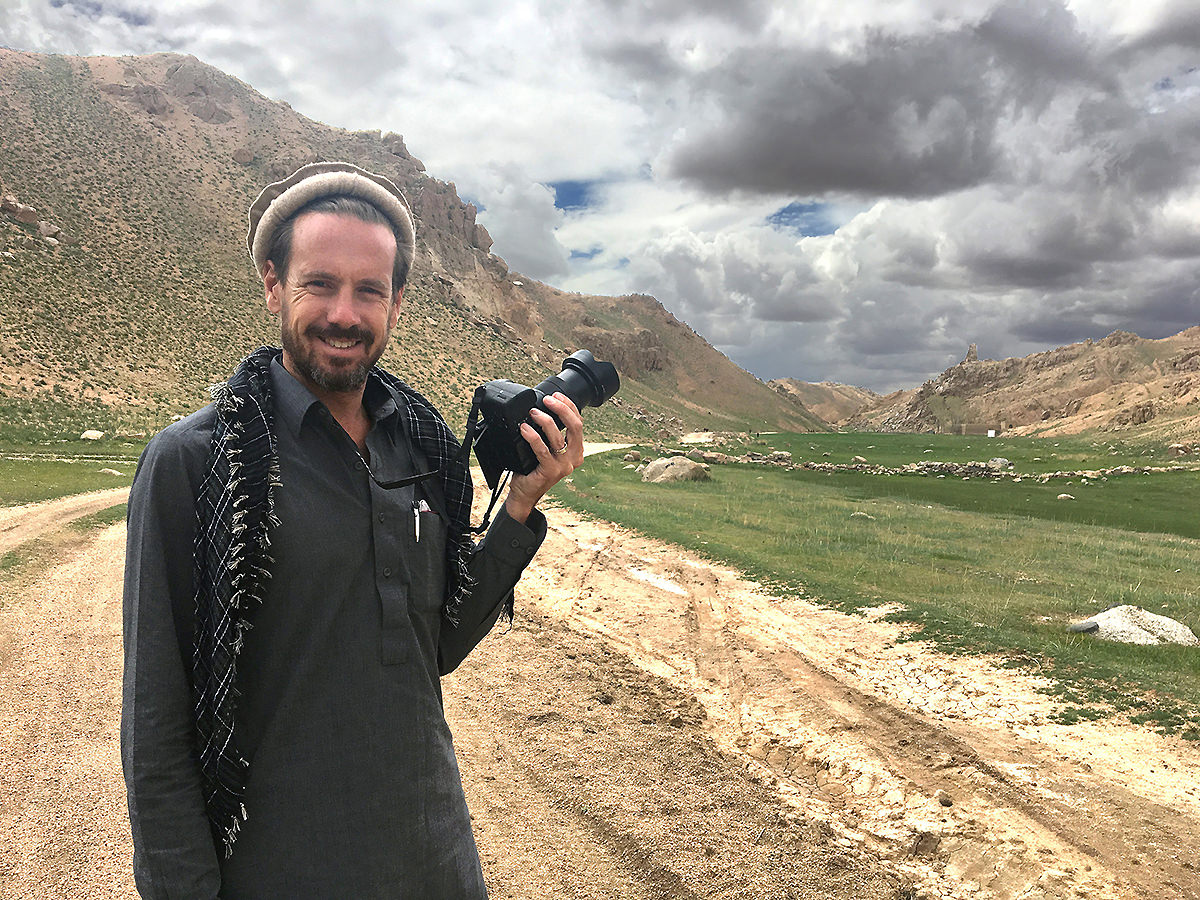
When their Pakistan shoot was blocked by the Secret Service and their money from a private investor fell through, writer/director Benjamin Gilmour was faced with a difficult decision: he could choose to return home to Australia, or make the redemption tale Jirga in Afghanistan. He went with the latter.
In Islamabad he found a camera shop with the one and only Sony A7SII in the country at the time, and the single zoom lens. Aside from a neck strap, Gilmour filmed Jirga without any stabilising technology or additional accessories for recording external sound, because none were available.
“I chose the [Sony A7SII] for its small, unobtrusive size which we needed for our low-key shoot in Afghanistan,” Gilmour says.
“An additional benefit was the S-Log2 setting known as Picture Profile 7, which offered 14 stops of dynamic range. So we could shoot at any time of day without the need for fill lights or reflectors which was super handy for a guerrilla shoot as we often ended up shooting at midday. There a plenty of desert shots in hard sunlight in the middle of the day and you can see into the shadows. It's quite remarkable. There are clearly-documented downsides to this camera however. Even though I wasn't changing lenses dust got onto my sensor which lead to extremely costly fixes in post. And it also overheated and shutdown mid-take with longer takes on hot days.”
Gilmour says his skillset is as a writer and director, not a cinematographer, but it was a role he had to take on out of necessity.
“So a single zoom lens that allowed me to quickly reframe on the fly while shooting under pressure without interrupting the action for lens changes and so on was extremely useful.”
Go behind the scenes of Jirga with writer/director Benjamin Gilmour in this video
- As Australia’s nomination for Best Foreign Film at the 2019 Academy Awards, audiences will have a second chance to see Jirga on the big screen at Event Cinemas from 31 January.
6. Cargo
Directors: Ben Howling, Yolanda Ramke
Cinematographer: Geoffrey Simpson ACS
Camera and lenses: ARRI ALEXA and ARRI ALEXA Mini with spherical ARRI Master Primes. And a RED Weapon for the drone shots
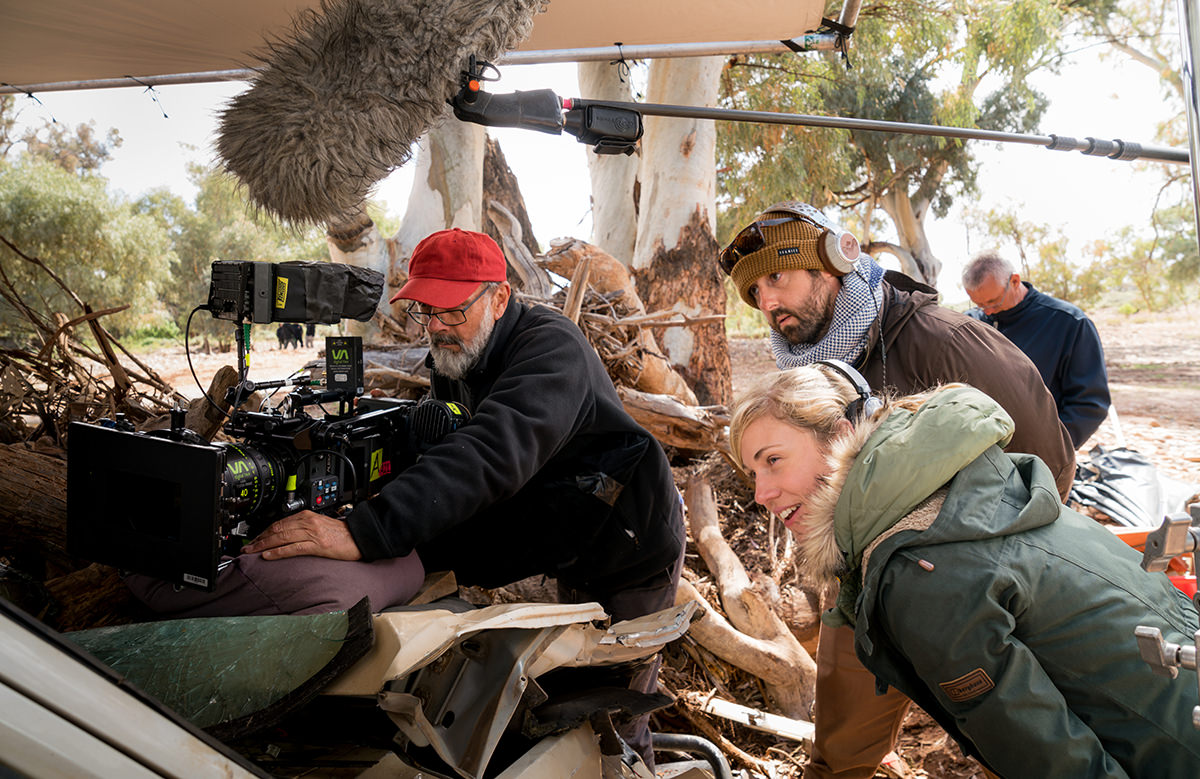
This post-apocalyptic father-daughter story starring Martin Freeman had a cinema-first run in Australia in May 2018 before streaming across the globe on Netflix.
Filmed in the South Australian Outback, co-director Ben Howling says after a lot of preliminary discussions they decided with cinematographer Geoffrey Simpson ACS to use one ARRI ALEXA and an ARRI ALEXA Mini with ARRI Master Primes.
“The reason we chose this set up was because after a lot of preliminary discussions, it gave us the most flexibility to move quickly, and to shoot at night without requiring as much of a set up for lights,” Howling says.
“Originally we wanted to shoot anamorphic, to maximise the gorgeous landscapes. But those lens set ups were both big and heavy for the amount of steadicam we were intending to do, [and] most of all they weren’t fast enough. The Master Primes allowed us to open the lenses up to 1.2 if need be, and then we just windowed them in post to give the anamorphic aspect ratio.”
Go behind the scenes of Cargo with directors Ben Howling and Yolanda Ramke in this video, or this in-depth podcast
Visit The Screen Guide for the ways to stream or purchase Cargo
7. 1%
Director: Stephen McCallum
Cinematographer: Shelley Farthing-Dawe
Camera and lenses: ARRI ALEXA Mini with ZEISS spherical master prime lenses
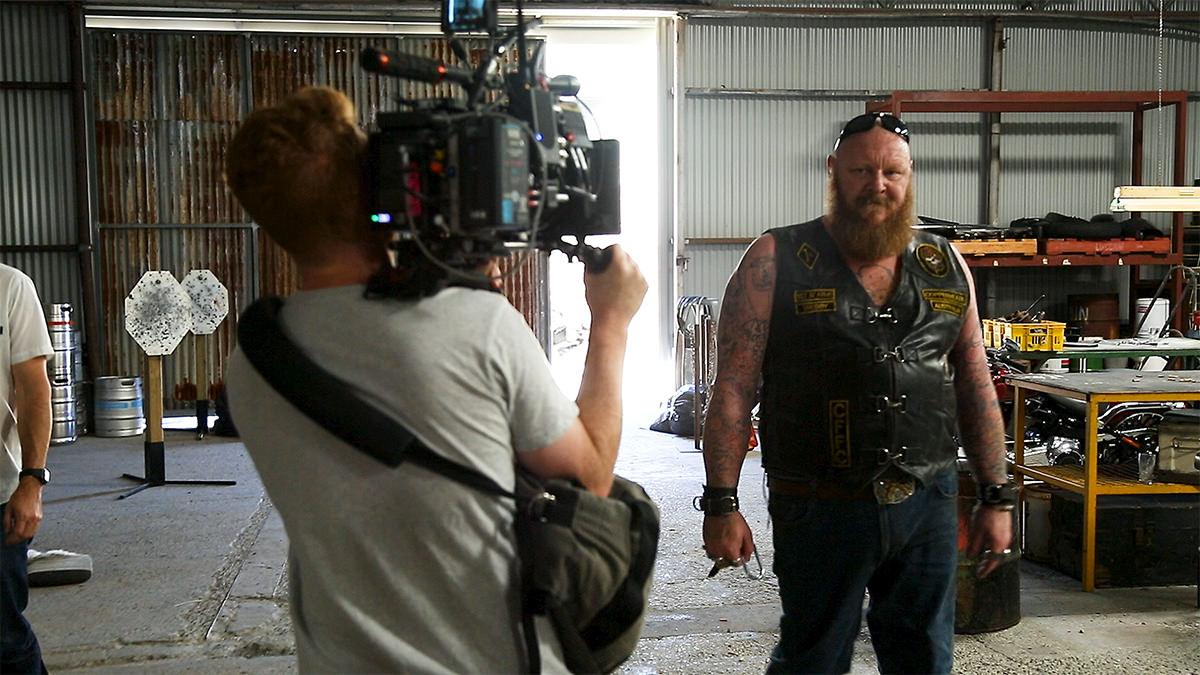
Described by debut feature director Stephen McCallum as “Macbeth set in an outlaw motorcycle club”, it stars Ryan Corr as the heir to the club, who chooses his brother over the president and sets off a chain reaction of events.
McCallum wanted the camera to be part of the action, and a cinematographer that could move and light fast. He interviewed over 20 cinematographers, which is when he found Shelley Farthing-Dawe (Pawno).
Farthing-Dawe says from early discussions they decided pretty quickly on the ARRI ALEXA Mini.
“I have worked extensively with the system and it seemed like the perfect option given we wanted to shoot the film predominantly handheld,” he says. “Keeping the camera small and nimble was important as we wanted the cast to have a bit of freedom with their movement. We kept the camera completely wireless and often it would just be me and the actors in a room together.”
Together they were able to create a 360º set, which McCallum explains: “It’s all practical, so you’re filming in an environment where you can turn the camera in any direction and you’re not going to see crew or the cast that aren’t supposed to be there.”
Farthing-Dawe says they tried to create 360º sets as much as possible, “which, I think, allowed everyone on set that feeling of being in the world rather than a film set.”
“Lens wise we spoke about a few anamorphic options but in the end decided on spherical master primes with a series of diffusion filters,” Farthing-Dawe continued. “A great deal of the film was going to be lit to quite low levels so I wanted glass that wasn’t going to break up too much wide open and using the diffusion filters I could add or decrease softening as desired.”
Go behind the scenes of 1% with director Stephen McCallum in this video
Visit The Screen Guide for the ways to stream or purchase 1%
8. BROTHERS’ NEST
Director: Clayton Jacobson
Cinematographer: Peter Falk ACS
Camera and lenses: ARRI ALEXA Classic with ZEISS Compact Primes MkII, plus two ARRI Master Primes (14mm & 21mm, T1.3) and a ZEISS Superspeed (18mm, T1.3). ARRI ALEXA Mini for aerial shots
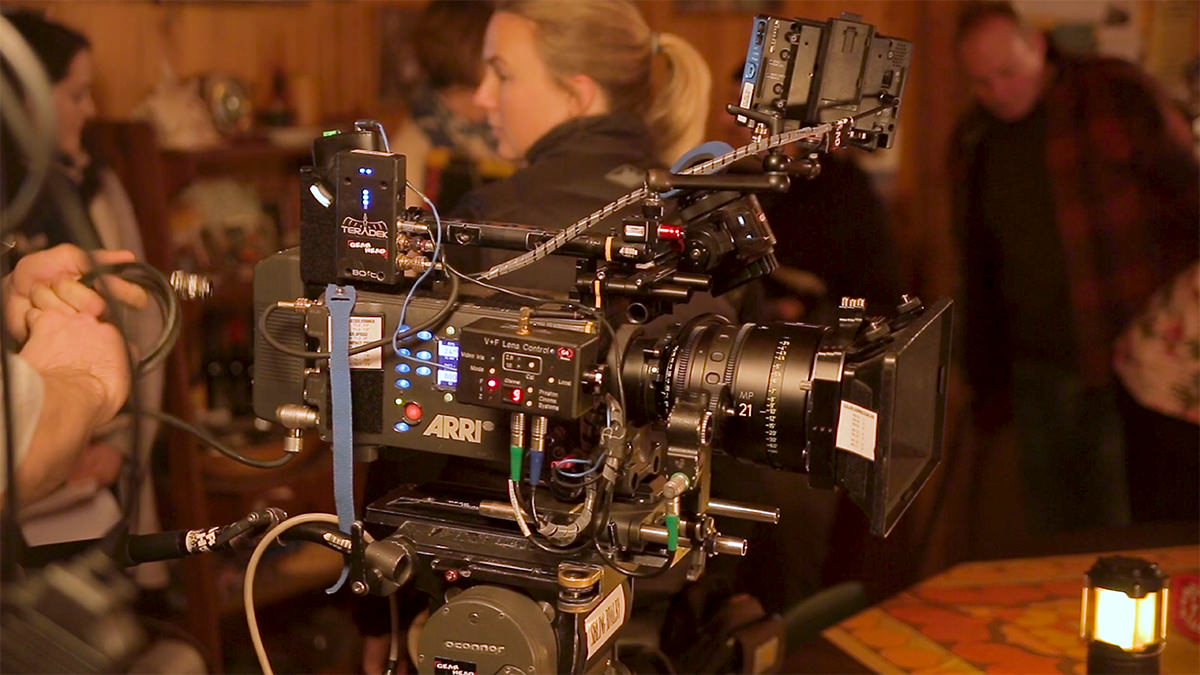
Largely filmed in the one location, this dark comedy stars Shane Jacobson alongside his brother Clayton (who also directs) as two siblings who plan to commit a murder.
Cinematographer Peter Falk ACS says Brothers’ Nest was filmed primarily with an ARRI ALEXA Classic.
“I like the “look” that the image sensor gives,” he says of the choice. “I think that it is the most “filmic” amongst the camera brands, providing an image that is neither too sharp nor too contrasty. I have never liked a super sharp image and have often further softened the image with diffusion filters, as I did again on Brothers’ Nest.
“The [ARRI ALEXA] Classic is the original camera in the ARRI ALEXA range, and whilst it only uses a 16x9 area of the sensor, compared to the full 4x3 area of the later models, it is the same sensor and we were cropping our shots to the even narrower 2.39:1 aspect ratio, so that was not an issue.”
When it came to photographing the aerial shots, Falk says the ARRI ALEXA Mini was chosen because it’s a smaller, lighter camera.
Meanwhile with lenses, Falk says Jacobson “was keen to shoot with lenses of a wide focal length but to also maintain a shallow depth of field.”
“We shot with spherical lenses and our main kit was a set of ZEISS Compact Primes MkII. The choice of these was a budget driven one. However, to achieve a shallow depth of field on wide lenses means shooting at the widest possible aperture, and I felt that the widest ZEISS Compact Primes would not accomplish the desired effect, particularly as we were often filming in very small rooms with not much distance between the subject and the background. So the kit was augmented with two ARRI Master Primes (14mm & 21mm, T1.3) and a ZEISS Superspeed (18mm, T1.3).”
Go behind the scenes of Brothers’ Nest with director/producer/actor Clayton Jacobson in this video
Visit The Screen Guide for the ways to stream or purchase Brothers’ Nest
9. Upgrade
Director: Leigh Whannell
Cinematographer: Stefan Duscio ACS
Camera and lenses: ARRI ALEXA XT and ARRI ALEXA Mini with Panavision E and C series anamorphic lenses
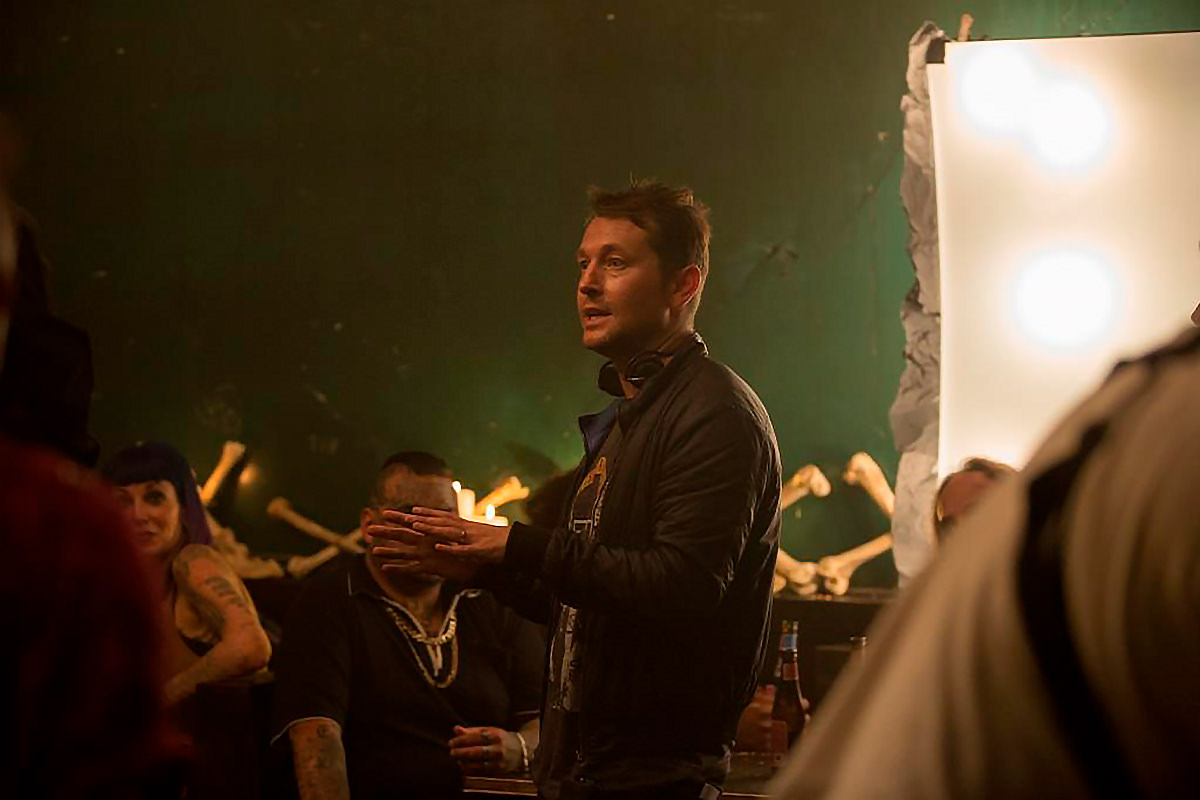
For this futuristic high-concept action/thriller, Leigh Whannell of Saw fame made his second outing as writer/director after Insidious: Chapter 3. He was joined by cinematographer Stefan Duscio ACS who shot, amongst others, The Mule, which Whannell co-wrote and acted in.
In Upgrade, a man determined to exact revenge (played by Logan Marshall-Green) had an experimental computer chip called STEM implanted into his body – with unexpected results.
Duscio says: “We used these vintage anamorphic lenses to give the sci-fi visuals a more grounded, real world look. These in combination with the production design and colour grade imbued the images with texture and grit.”
Upgrade also features a number of inventive fight sequences (as seen in the trailer), which required the size and weight of the ARRI ALEXA Mini to achieve.
“We also mounted the ALEXA Mini on our AR Revolution rig for the signature motion tracked action sequences,” Duscio says.
The genre feature was a co-production between Australian company Goalpost Pictures (The Sapphires, Top End Wedding) and US Studio Blumhouse Productions (Get Out), which producer Kylie du Fresne talks about in detail here
Visit The Screen Guide for the ways to stream or purchase Upgrade
Notice anything about the above list? Of the major Australian feature films released theatrically in 2018, none had a female cinematographer. In fact, of all the 37 drama features released, only two featured female cinematographers: One Less God (Ashley Barron ACS) and Reaching Distance (Goldie Soetianto). Documentary fared better, with six of the 19 (or 32%) feature documentaries released theatrically crediting a female cinematographer.

What to read next
We put a spotlight on these acclaimed Australian technicians – including their career highlights and how they shot them – as part of International Women's Day.
08 Mar 2019
Caris Bizzaca